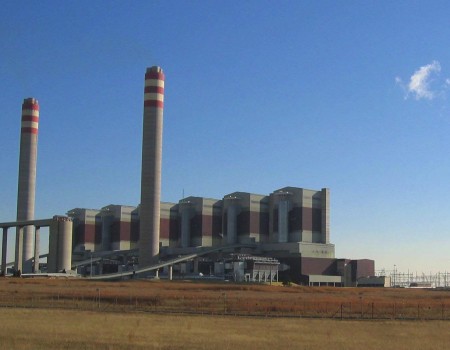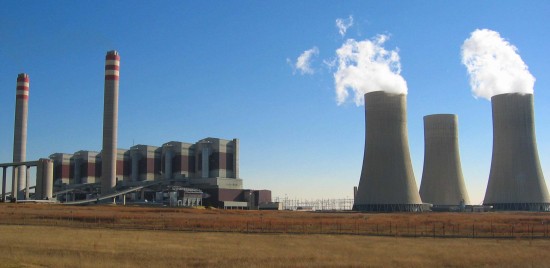November 13, 2015 – The survival of the coal mining industry is very much an issue as global warming forces utilities to look to other energy sources that produce less greenhouse gas emissions. Carbon capture and utilization or sequestration (CCUS and CCS) have appeared to be the technologies that could save the industry. But both add a significant capital cost to coal-fired power plants.
Now with the new performance standards issued by the United States Environmental Protection Agency (EPA) coal-fired power plants in the U.S. can emit no more than 636 kilograms (1,400 pounds) of CO2 per megawatt-hour of power production. State-of-the-art coal-burning power plants today emit 800 kilograms (1,760 pounds) of CO2. So the challenge for now is to get below the threshold set by the EPA. Are there technologies other than CCUS and CCS that can meet the new standard?
The answer is a qualified “yes.” Here’s how:
- Gasifying the coal to produce syngas which is then burned may prove to be the most effective means of meeting the new standard.
- Increasing the combustion temperature in coal-fired power plants would decrease carbon emissions coming from the outflow stack. Japan is developing combustion turbines that operate at 1,700 Celsius (3,100 Fahrenheit) degrees.
- Integrating CCUS technology to add captured CO2 to syngas and burning the two in the presence of oxygen at even higher temperatures (2,750 Celsius or 5,000 Fahrenheit) would create a closed cycle system with close to zero emissions.
- Combining fuel cells with coal gasification using solid oxide fuel cell technology to replace the combustion turbine.
These options can meet and improve on the EPA standard. Gasifying can get emissions down to 603 kilograms (1,329 pounds) per megawatt hour of production and solid oxide fuel cells combined with gasification can drop carbon emissions down to 498 kilograms (1,098 pounds). But the EPA standard is not the only one that the coal industry has to meet. For example California, Maine and Washington have established an emission standard for new coal-fired power plants of 500 kilograms (1,100 pounds) per megawatt-hour of production. The United Kingdom has set 450 kilograms (992 pounds) as its standard. And both New York and Canada recently established a standard of 420 kilograms (925 pounds).
The technologies briefly described above are just some presented by the Electric Power Research Institute (EPRI) in an October 2015 released White Paper. The EPRI is an independent, non-profit organization with engineers, scientists and academics from more than 40 countries as members. The focus is on the challenges of producing electricity reliably, efficiently and safely while meeting sustainability and environmental concerns. None of the options presented in this white paper are currently commercially available although several are under development in pilot projects.
In consideration of future even more restrictive standards arising from global commitments to reduce atmospheric CO2 at production sources the industry faces a closing window of opportunity to find ways to save coal from becoming permanently unusable. States Tom Alley, EPRI Vice President of Generation, “reducing emissions will be one of the key drivers as the industry makes decisions about existing assets and about the designs and fuels used in the next generation of power plants.” Coal, of all fossil fuels, is most likely to find itself looking in from the outside.
















